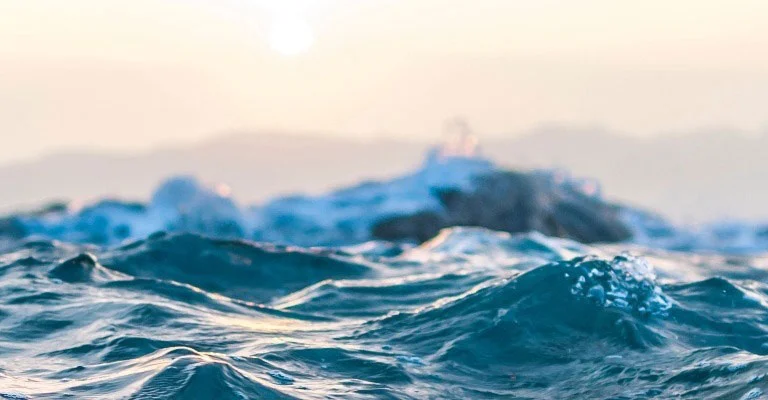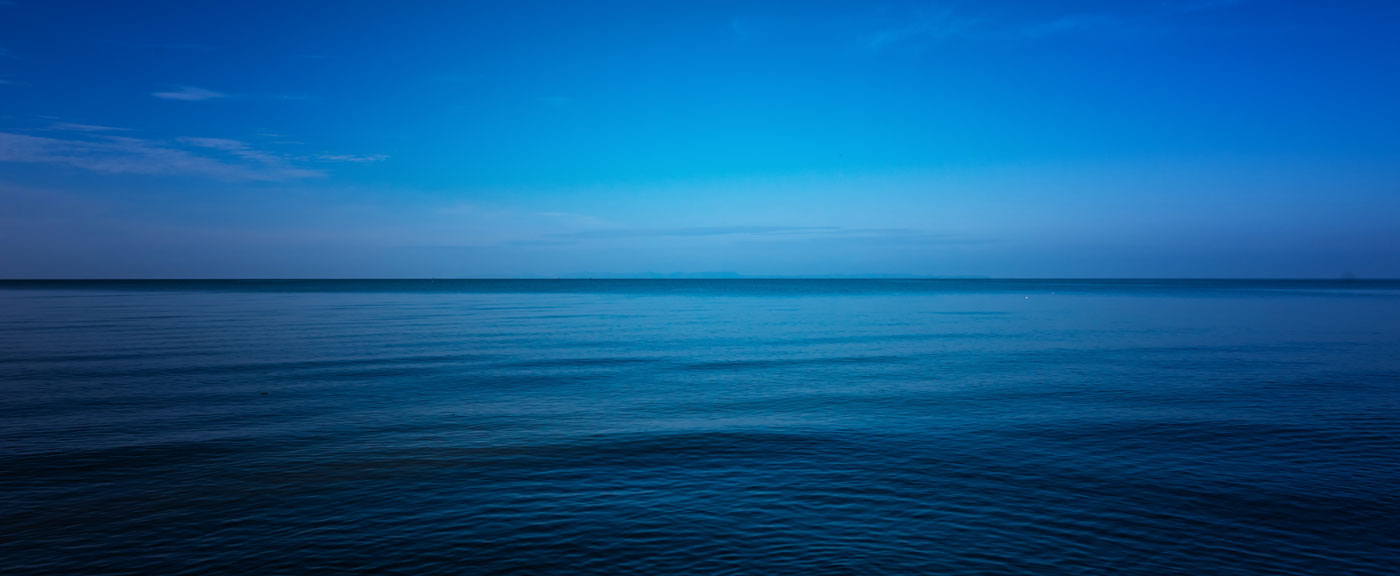

This declaration is a common and standardized method for assessing the environmental impacts of websites. It is an initiative led by the Green IT collective in partnership with the Association of Communication Consulting Agencies (AACC).
Like any digital production, this website has an environmental impact, which we present on this page using standardized indicators.
We use the EcoIndex framework proposed by the GreenIT.fr collective to assess the environmental performance of this website. It is quantified using two types of indicators:
For synthesis purposes, four types of data are represented:
The analysis provided was conducted on 09/21/2023 and is subject to change. The environmental impact quantification presented below is a snapshot taken at a specific moment.
Water consumption per 1,000 users (in liters): 25 (equivalent to 3 packs of bottled water). GES emissions per 1,000 users (kilos CO2e): 1.67 (equivalent to an 8 km car trip with a thermal engine).
Page 2: Services
Water consumption per 1,000 users (in liters): 21.8 (equivalent to 2 packs of bottled water). GES emissions per 1,000 users (kilos CO2e): 1.45 (equivalent to a 7 km car trip with a thermal engine).
Page 3: Expertises
Water consumption per 1,000 users (in liters): 21.7 (equivalent to 2 packs of bottled water). GES emissions per 1,000 users (kilos CO2e): 1.44 (equivalent to a 7 km car trip with a thermal engine). Page 4: Portfolio Water consumption per 1,000 users (in liters): 22.1 (equivalent to 2 packs of bottled water). GES emissions per 1,000 users (kilos CO2e): 1.47 (equivalent to a 7 km car trip with a thermal engine). Page 5: Engagements Water consumption per 1,000 users (in liters): 21.6 (equivalent to 2 packs of bottled water). GES emissions per 1,000 users (kilos CO2e): 1.44 (equivalent to a 7 km car trip with a thermal engine). Evaluation of the Impact for 5 User Journeys on the Website Journey 1: Objective of the journey: Contacting an agency for a presentation request Journey: Homepage, click on the "Services" menu > Services page, click on "Schedule a presentation" > form submission Water consumption per 1,000 users (in liters): 65.5 (equivalent to 7 packs of bottled water). GES emissions per 1,000 users (kilos CO2e): 4.36 (equivalent to a 20 km car trip with a thermal engine). Journey 2: Objective of the journey: Contacting an SME for a quote request Journey: Homepage, click on the "Services" menu > Services page, click on "Request a presentation" > form submission Water consumption per 1,000 users (in liters): 65.4 (equivalent to 7 packs of bottled water). GES emissions per 1,000 users (kilos CO2e): 4.36 (equivalent to a 20 km car trip with a thermal engine). Journey 3: Objective of the journey: Spontaneous application by a candidate through a form Journey: Homepage, click on the "Join Us" menu > Join Us page, form submission Water consumption per 1,000 users (in liters): 44.1 (equivalent to 5 packs of bottled water). GES emissions per 1,000 users (kilos CO2e): 2.94 (equivalent to a 14 km car trip with a thermal engine). Journey 4: Objective of the journey: Downloading a press kit by a journalist Journey: Homepage, click on the "Press" menu > Press page, click on the "Download" button Water consumption per 1,000 users (in liters): 44.4 (equivalent to 5 packs of bottled water). GES emissions per 1,000 users (kilos CO2e): 2.96 (equivalent to a 14 km car trip with a thermal engine). Journey 5: Objective of the journey: Discovering our portfolio from a blog article Target journey: Blog article page "Is an eco-designed and beautiful site possible?", click on the "Examples of websites" link > Portfolio page Water consumption per 1,000 users (in liters): 43.1 (equivalent to 5 packs of bottled water). GES emissions per 1,000 users (kilos CO2e): 2.88 (equivalent to a 13 km car trip with a thermal engine).
Eco-design
Eco-design relies on a methodology and a set of best practices to reduce the environmental impact of this website. In practice, it involves minimizing the technical resources needed for displaying a page or executing a functionality while staying as close as possible to the user's needs.
To set up your environmental declaration:
To view the complete list of web eco-design best practices:
To learn more about EcoIndex:
*Average environmental impact of the 5 most visited pages on this website.

Every quarter, receive our newsletter in line with key environmental dates, so you can adapt your events and your CSR strategy thanks to our environmental awareness activities.